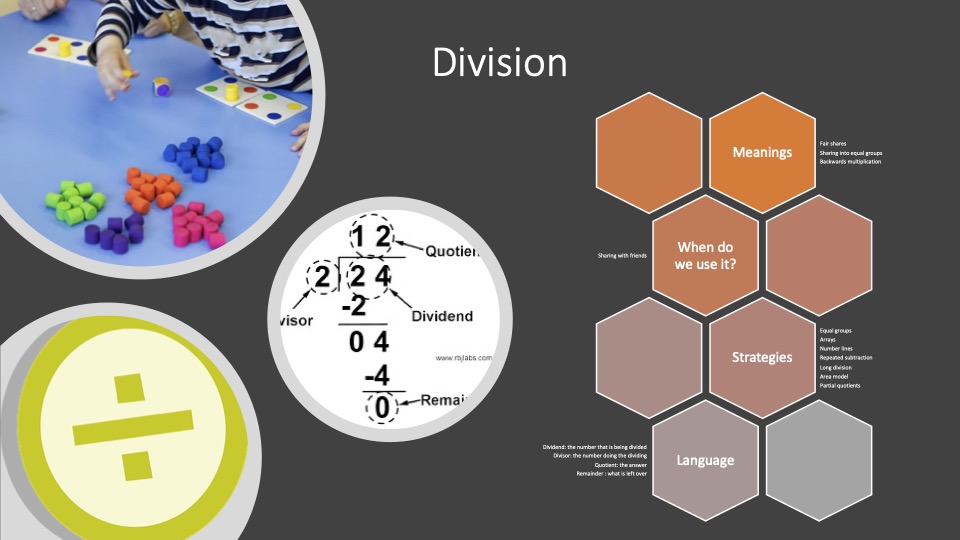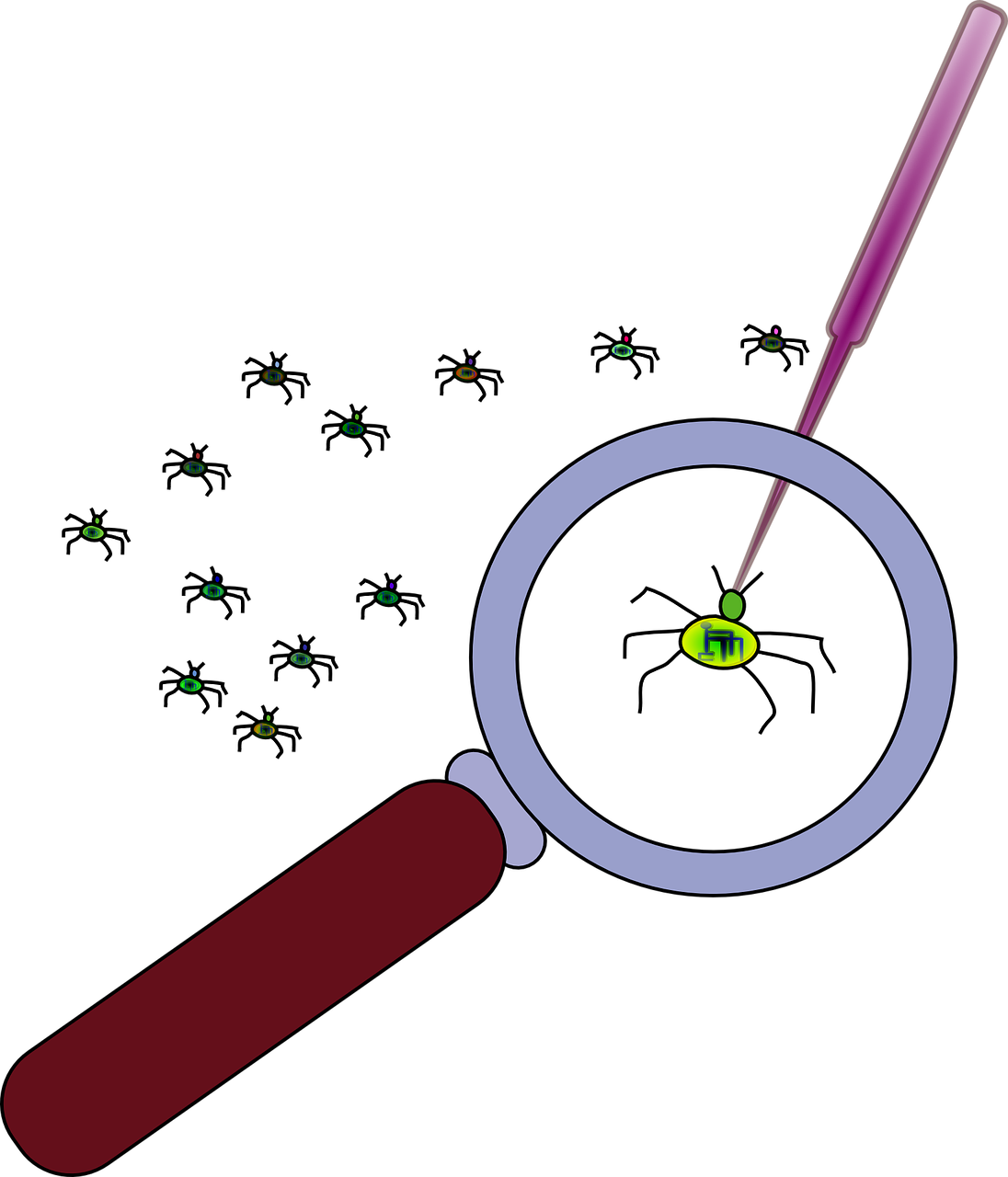When reading through both documents I found ideas stood out from both. I did find that the WISE one spoke to me a bit more as I found the content more clearly defined and it proposed a balance between approaches. My own belief is that math should be joyful and exciting that play is a part of the process, this was alluded to in the Mathematicians Lament article where feeding students the formulas and giving them the answers and baby steps kills the joy and wonder. Baby steps and formulas have a place in math instruction in addition to opportunities for students to explore engage and discover. One of my favourite professional books I’ve read has nothing to do with math, Purposeful Play by Kristine Mraz, Alison Porcelli and Cheryl Tyler discusses why play and various types of play are essential to student learning and how playful opportunities can build deep understanding.
| NCTM | Both | WISE |
| American Advocate politically for math education Guide curriculum and instruction Research based instruction Professional development for all stake holders (parents included?) Research based Promoting the use of technology The world needs people to be math minded Essential skill for all children Expect all students to be successful in math Prod focuses on how to teach content | All students have access to high quality math instruction Teachers have a solid knowledge of math content Teachers have a variety of teaching strategies Teachers need access to quality prod and resources | Canadian Teachers have strong back grounds in math Includes standard algorithms Pro d can include understanding the content Sets minimum standards for teacher background in math academic math through grade 12 and university level Includes math departments in teacher preparation programs Balances deep understanding and building skills Include industry professionals in discussion of math curriculum Minimize calculator use Balance between building understanding and open-ended tasks and practice of skills. |
Reading through they have almost as many similarities as differences, both groups want all students to be exposed to high quality math instruction regardless of the students’ background. They both advocate for educators to have strong groundings in math themselves, my question to that is how much math education beyond high school? We all take math for elementary school teachers and a few of us have taken classes beyond that beginning steps in calculus, statistics or other areas of math but where is the line? How is this need for deep and personal understanding of math balanced with all the other areas we teach? As elementary teachers we are generalists, teaching all core subject areas with the expectation of equal proficiency in all areas. The math specialist in each school appeals to me as this is an area where I feel my own academic preparation was underwhelming as a teacher, I had two courses in my six post-secondary years to prepare me for classroom math instruction, math for elementary school teachers and a math methods course, by contrast in my teaching program alone I took 4 language arts-based courses focusing on reading, writing, and working with ELL students. There is an imbalance in this training which is why the math leader or specialist in each school would be a benefit. Having a dedicated math leader could open opportunities for lesson study within a school by having an expert, who can mentor teachers through the process or teach the lesson for others to observe.
The WISE article also promoted balance between deep understanding and developing skills. This supports some of the balanced numeracy concepts we read about in the previous model from the BC Balanced Numeracy Network, where like balanced literacy there are a variety of skills that a student requires to be numerate, they need conceptual understanding and to know why they do something or why something works the way it does and that provides opportunity for hands on engagement, open questions, three act tasks, math centers and games. However, students also need the opportunity to practice and reinforce skills, building on the skills previously developed, this can come in a variety of forms, math routines, parts of problems, small group instruction, games, textbook, or worksheet work. There is a balance needed to reach all our students some students do best with the discovery model and playing with math, some students are hesitant to join in the discussion or share their thinking and do better with worksheets or paper pencil tasks while many others thrive with a mix.
After reflecting on both articles and the other readings in this course I feel that the WISE article both matches how I see math instruction in my classroom and how it is taught in my school. My admin encourages deep thinking and building wonder and playful opportunities for children in math while we also discuss as a staff the need for our students to have foundational skills.






